Your Cart is Empty
Free Shipping over $150 (Excludes Oversized Products)
Free Shipping over $150 (Excludes Oversized Products)
Sanding Belts
Sanding Discs

Wide Belt Sander vs. Drum Sander
by David Kranker 4 min read

When you carry out wood sanding projects, chances are that you’re familiar with wide belt sanders and drum sanders. Both machines do an excellent job working with wood, but there are differences that may make one more suited to your particular project than the other. In this blog, the abrasive specialists atRed Label Abrasives outline how each sander works, its pros and cons, and which one may be the best option for your preferred application.
The Drum Sander
Drum sanders are powerful machines that are commonly used to sand both wood and plastic. They range in size from easily portable handheld tools to larger models that can be operated like a bench machine using a wide variety of drums and sandpaper grits.
Woodworkers use drum sanders to perform a wide range of sanding tasks quickly and neatly. The drum is either made of abrasive material like aluminum oxide, zirconia, or silicon carbide, or has abrasive material attached to it. Drum sanders with attachable paper typically have a clamping feature to enable quick paper swaps depending on thegrit of the abrasive.
Traditional drum sanders are manufactured in widths of 8 to 12 inches and are capable of removing more material in one pass than others on the market. For example, they work fast on floors that require heavy sanding to remove deep scratches or those with stains or finishes that need to be completely removed.
With a bench-type drum sander, the operator uses both hands to carefully apply the piece of stock to the drum. These machines are typically installed on their own stand to ensure stability during use, and many are equipped with a dust containment attachment or a dust vacuum system. This feature protects the operator from flying dust and wood debris and reduces the amount of dirt that needs to be cleaned from the machine.
Drum Sander Pros:
-
Inexpensive.
-
Small footprint, making them more portable and easier to manage.
-
Simpler to use and maintain compared to the wide belt sanders. There are fewer moving parts and pieces, making maintenance easier.
-
Because the hold-down rollers are so close together, it's great for smaller pieces.
Drum Sander Cons:
-
It takes longer to change the sandpaper.
-
Paper change times encourage the use of fewer grit steps.
-
Greater depth of scratch takes much more time to sand out with Random Orbital sander
-
With less surface area, sandpaper wears faster.
-
A resin streak can form on a drum due to glue lines. When this occurs, the drum will not sand and a burn mark will appear.
-
Drum sanders do not include platens, and from the perspective of many professional woodworkers, this severely limits their functionality.
Wide Belt Sanders
In modern workshops, the wide belt sander is most common, as they’re generally more versatile and easier to work with. They also don’t require high amounts of emergency to run, unlike drum sanders.
Wide belt sanders derive their name from the fact that sanding belts can be wrapped around two drums. The rear drum is powered by an electric motor while the front drum spins freely. Once powered up, it is commonly used to flatten wood stock to specific thicknesses.
You can use wide belt sanders with both solid wood and composite boards such as MDF and plywood. The rubber conveyor carries your stock through the machine while the large abrasive belt removes material from the top.
Unlike drum sanders, belt sanders have a tension-releasing lever that allows you to slip sanding belts on and off comparatively quickly, so that there are no extended interruptions to the production line or schedule. As an added advantage, many models have a tracking adjustment button that keeps the belt always in the middle.
Wide Belt Sander Pros:
-
Abrasive changes are made much more quickly, supporting efficiency.
-
It is easier to use multiple grit changes on each project, allowing for greater versatility.
-
More abrasive surface area means less loading and cooler cutting.
-
A wide belt sander will leave scratches that are long but comparatively shallow. The process of covering these scratches will be much easier with a random orbit sander and take much less time.
-
Wide belt sanders usually come with a platen, which is used to give your wooden stock the final finish before you apply a random orbit sander or stain the surface.
Wide Belt Cons:
-
More expensive than drum sanders.
-
Larger footprint- not as easy to move from one place to another.
-
Dust collection requirements are higher due to design and faster operation.
-
More complex to maintain, as wide belt sanders have more moving parts.
-
Larger space between hold-down rollers, so smaller pieces must run end to end.
-
For wide belt sanders to last longer, they need extra care and attention. Compared to drum sanders, they have more delicate parts, such as the abrasive belt and platen.
Which Sanding Machine Should You Choose?
Overall, the right sander for your shop or project will depend on factors like your budget, need for portability, the intended application (sanding boards vs. a hardwood floor with layers of old varnish) and even your own comfort level with operating the machine. A quick search of woodworking forums will turn up dedicated fans for both types of sanders, so it may be a simple question of identifying which one produces the results you prefer.
Whichever option you choose, the key is to use a quality abrasive that brings out the best in the machine’s performance. This is where a specialty manufacturer like Fintech Industrial Abrasives can help.
Contact An Abrasive Specialist
Red Label Abrasives is a leading manufacturer of superior and long-lastingwide sanding belts for wide belt sanders anddrum sander strip rolls for drum sanders. Over the past 35 years, we have been serving some of the largest woodworking, metal, textile, plastic, glass, and stone manufacturers in the country.
If you need premium-quality sanding rolls for your drum sander or wide belt sander, our experienced abrasive technicians are here to help you realize the maximum return on your investment. For more information or to place a custom order, pleasecontact us.
ABOUT THE AUTHOR
David Kranker is a writer and creative maker who has been covering the abrasive and woodworking industries on the Red Label Abrasives Blog since 2020. David spends his time continually researching sanding and woodworking to provide readers with the latest and greatest information. In his free time, David utilizes abrasives for many different home and auto projects at his home in Delton, MI.
Our Most Popular Abrasives For Woodworkers
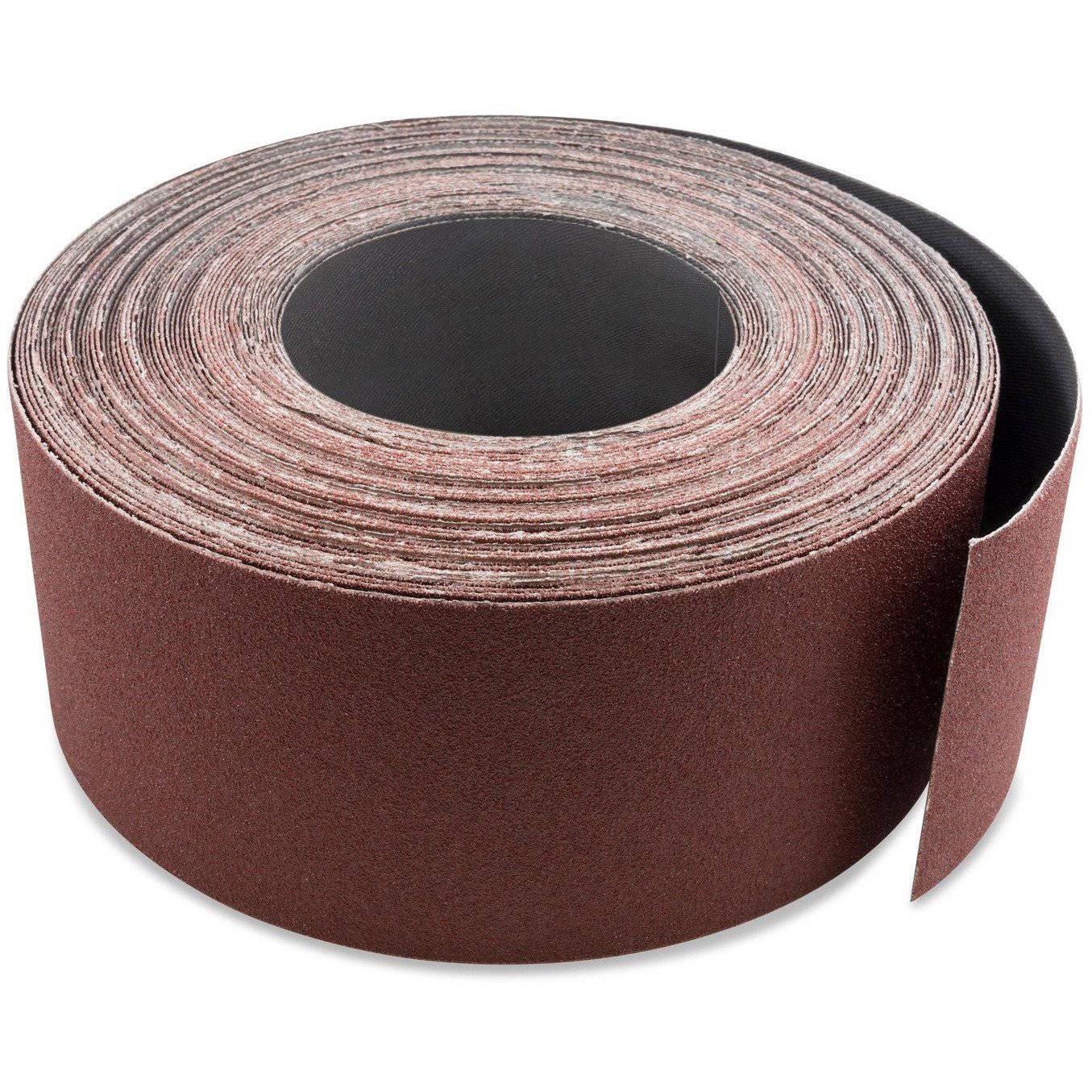
3 inch X 70 FT Woodworking Aluminum Oxide Cloth Drum Sander Strip Roll
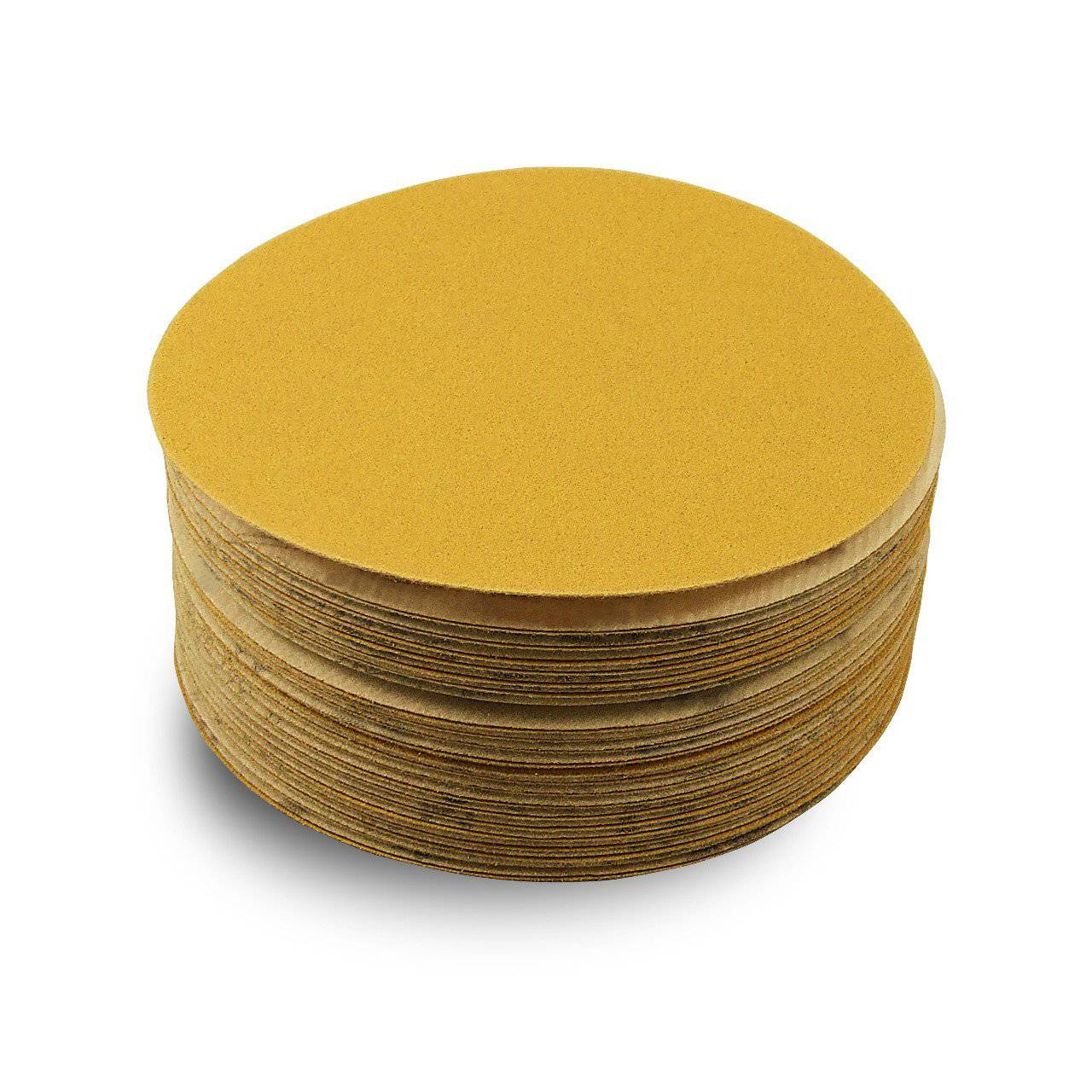
5 Inch Hook and Loop Gold Sanding Discs, 50 Pack
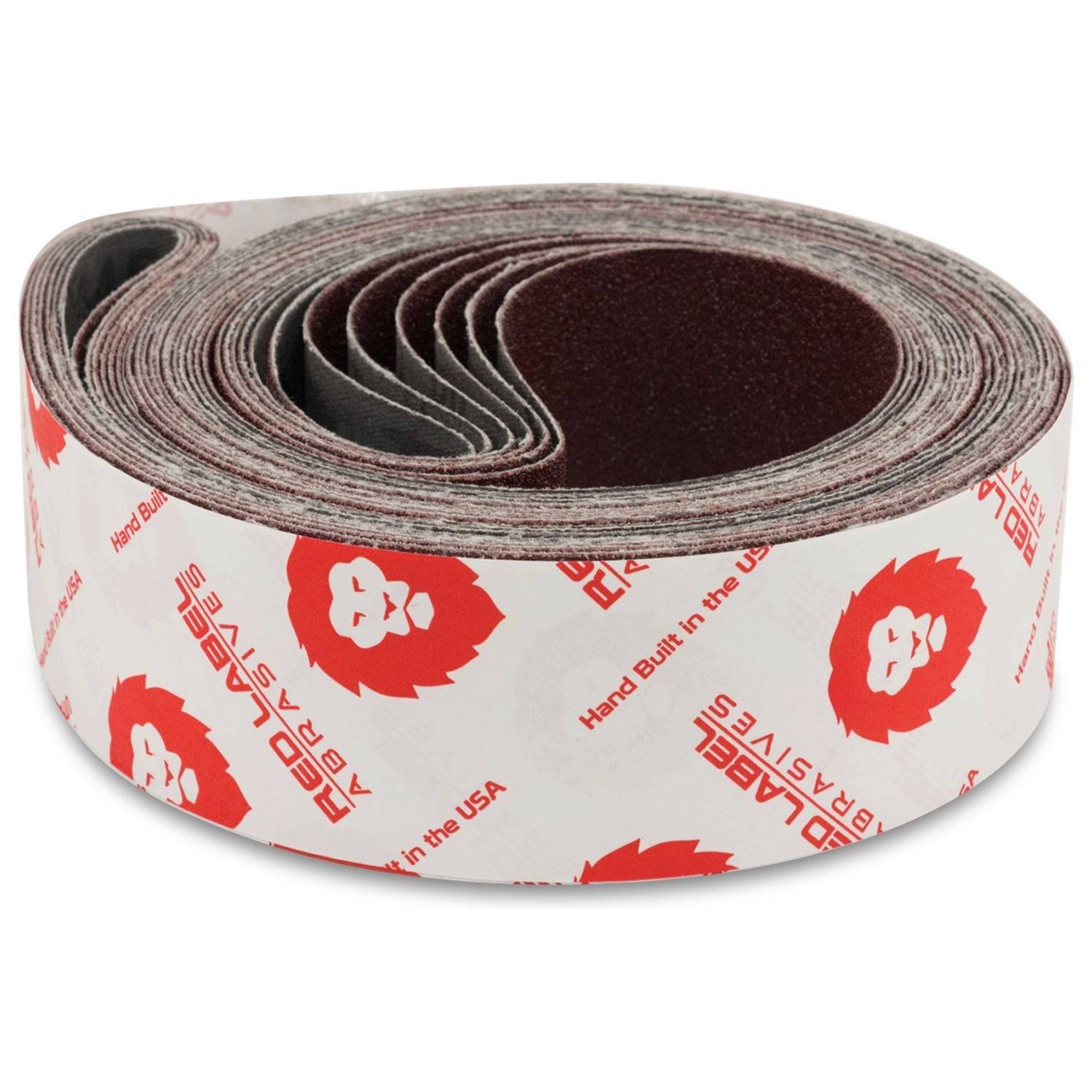
2 X 72 Inch Multipurpose Sanding Belts, 6 Pack
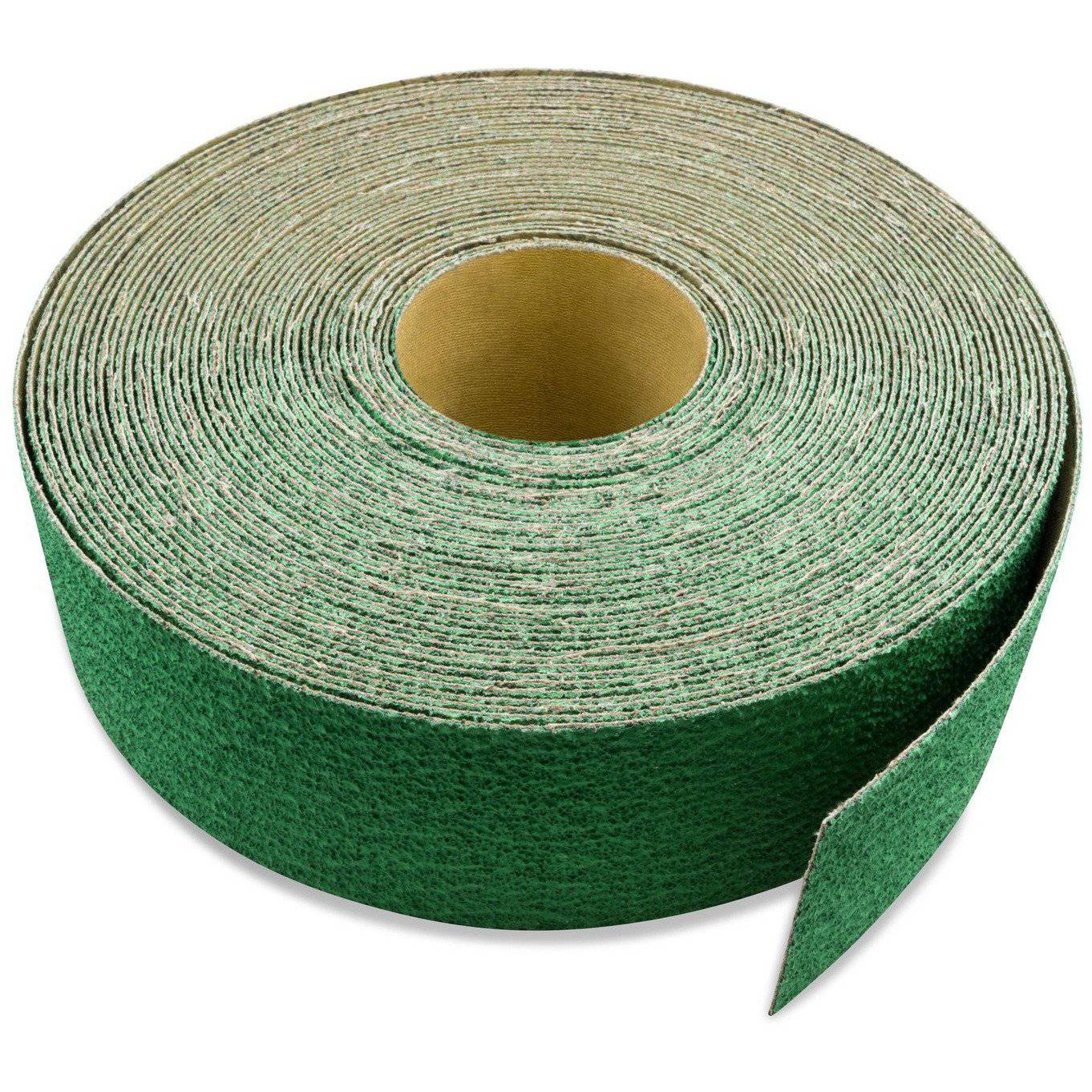
3 inch X 70 FT Premium Zirconia Woodworking Drum Sander Roll
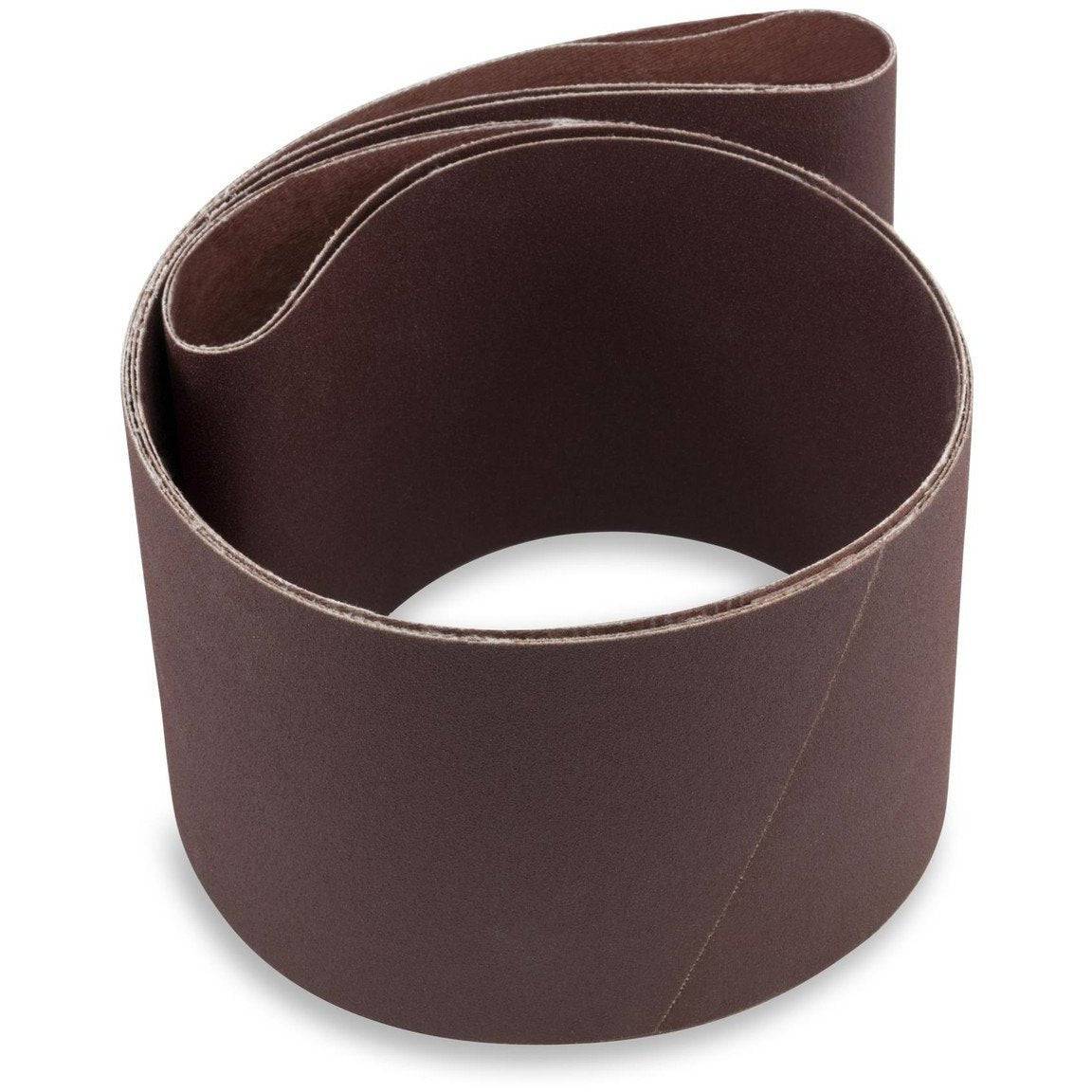
6 X 48 Inch Aluminum Oxide Wood & Non-Ferrous Sanding Belts, 2 Pack
Shop By Product Category





Why Choose Red Label?







